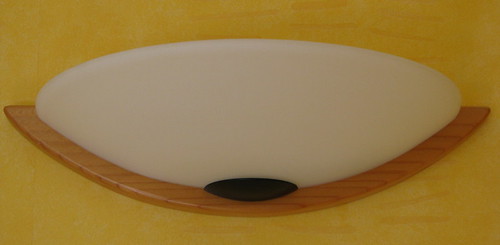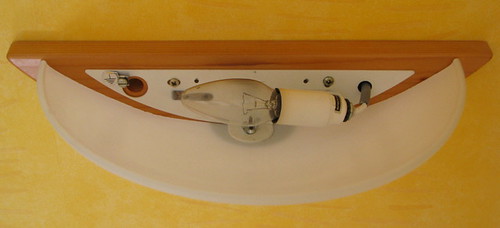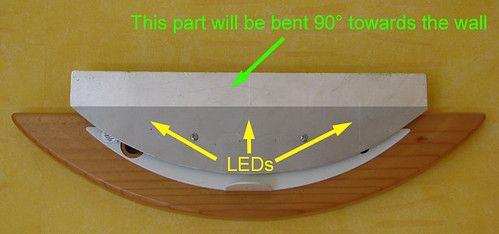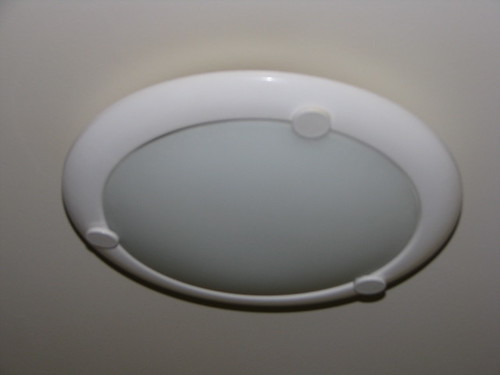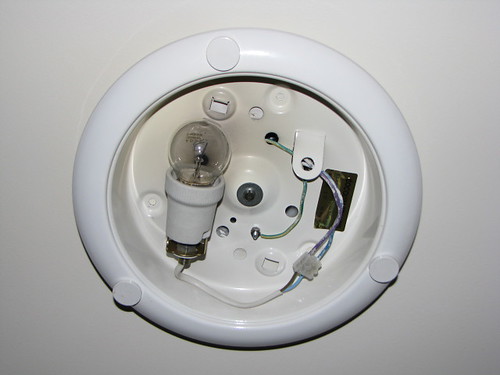I plan to modify an incan wall light, using a few LEDs.
I would thermal epoxy the LEDs (three Cree XR-E Q3 5A driven at 700 mA) on a home made aluminium plate that will fit in the light. The light is not close on top so air should circulate rather well.
Am I correct assuming that the thickness of the aluminium plate is not really important, and that the important factor is the surface of the plate in contact with the air?
What minimum surface should this aluminium plate be?
I would thermal epoxy the LEDs (three Cree XR-E Q3 5A driven at 700 mA) on a home made aluminium plate that will fit in the light. The light is not close on top so air should circulate rather well.
Am I correct assuming that the thickness of the aluminium plate is not really important, and that the important factor is the surface of the plate in contact with the air?
What minimum surface should this aluminium plate be?


